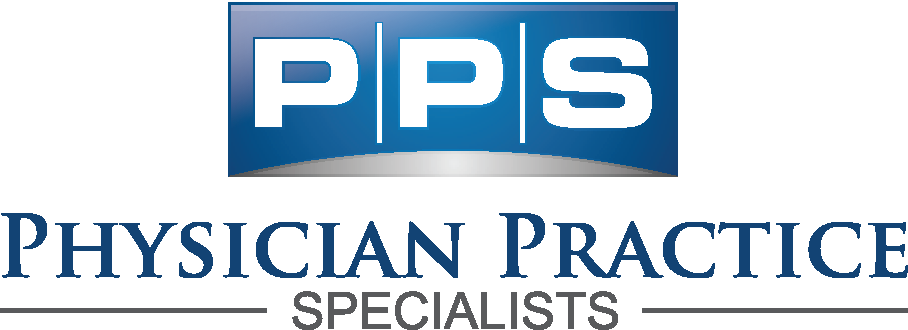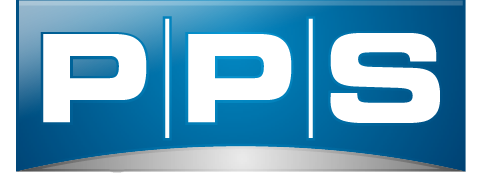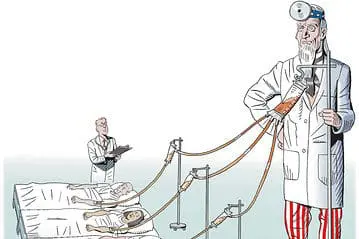Processing appeals for denied claims can be time-consuming and frustrating. By ensuring accuracy in your initial claim submission, you can save valuable time and reduce the need for appeals. Here are ten essential tips to help you avoid audits and denials, updated with 2024 insights and resources.
-
Confirm Accurate Data Entry:
- Ensure that all data pertaining to the service is accurate. Even a minor mistake, such as an incorrect date of service, can cause a claim to be denied. Take a few seconds to scan your claim for accuracy before submitting it. This simple step can save a significant amount of time and effort later.
-
Understand Local Coverage Determinations (LCDs):
- Familiarize yourself with LCDs, which outline whether a specific service is covered on a local level. LCDs vary by jurisdiction, so always check your local MAC’s (Medicare Administrative Contractor) guidelines. Resources such as the CMS LCD Database provide valuable information.
-
Familiarize Yourself with National Coverage Determinations (NCDs):
- NCDs provide CMS’s national policies on how services should be reported and what services are covered nationwide. For example, non-coverage of cosmetic procedures is a universal rule. Refer to the CMS NCD Database for up-to-date information.
-
Use Modifiers Appropriately:
- Modifiers are crucial in ensuring that claims are processed correctly. For example, using modifier 26 (Professional component) when another provider has billed the same code with a TC (Technical component) modifier can prevent a denial. The AAPC Modifier Guide offers detailed guidance on proper modifier usage.
-
Document Repeat or Duplicate Services Thoroughly:
- If you provide a repeat or duplicate service, ensure your documentation shows the distinct nature of each service. Use appropriate modifiers such as 76 (Repeat procedure or service by same physician) and document each instance separately to avoid denials.
-
Submit Supporting Documentation When Necessary:
- When using modifiers that require additional detail, such as modifier 52 (Reduced services), submit the necessary supporting documentation. LCDs or NCDs may specify the requirement for additional records. Failing to do so can result in denials.
-
Respond Promptly to Documentation Requests:
- If your MAC requests additional documentation, respond immediately. Delays in providing the requested information can slow down reimbursement. Make sure all required documents are sent promptly to avoid unnecessary delays.
-
Include the Rendering Physician’s Signature:
- Ensure that all documentation includes the rendering physician’s signature. A missing signature can result in a denial even if all other information is correct. This step is crucial in validating the authenticity of the service provided.
-
Describe Unlisted Procedure Codes:
- When using unlisted CPT® codes, provide a detailed description of the procedure. Submit your claim electronically with a brief description in the electronic equivalent of box 19 of the CMS-1500 form. Follow up with a paper claim and documentation labeled as a “documentation” copy, not a duplicate.
-
Ensure Providers Are Properly Credentialed:
- Verify that all providers are properly credentialed with Medicare. If you are referring or rendering Medicare services, you must be enrolled with Medicare. Billing under another provider’s credentials is only permissible in locum tenens situations, using the appropriate modifiers.
For further information on avoiding appeals and additional resources, refer to the Novitas Solutions Appeals Guide.
Additional Resources:
- CMS LCD Database
- CMS NCD Database
- AAPC Modifier Guide
- Learn Medicare Billing – Site Visit Checklist
- Novitas Solutions Appeals Guide
- Centers for Medicare & Medicaid Services (CMS)
Updated: 5/24/2024


